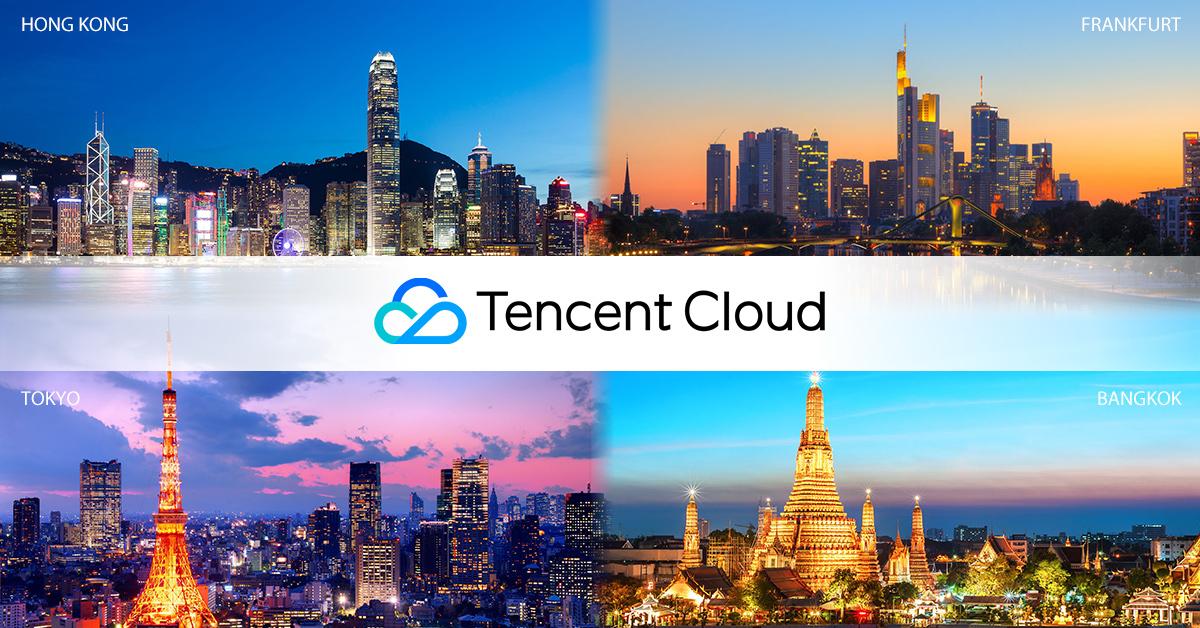TMTPOST -- Artificial intelligence (AI) contributes more than one tenth of Tencent Holdings Ltd.’s cloud computing revenue, the management told analysts on an earnings conference Wednesday. TThey said their AI contribution still fell behind U.S. heavyweights mainly because of different national conditions. However, Tencent felt upbeat on AI deployment across its product lines.
Credit:Tencent
For Tencent, the most significant tangible benefits of AI right now is around content recommendation and advertising targeting, because the AI engine in those two use cases are generating a significant amount of additional user time, President Martin Lau said. He noted at the same time, AI is generating a higher incremental targeting rate and response rate for Tencent’s apps, and both of them are direct benefits to the business and direct benefit to ad revenue. And both of the Video Accounts and Tencent’s performance at revenue actually at scale.
According to Lau, revenue from the IaaS, or Infrastructure as a Service, is now in the teens of percentage generated by AI, but Tencent thinks the amount of AI revenue is actually less than U.S. cloud companies. There are three major reasons for Tencent’s lagging behind, Lau said.
First, China doesn't really have a every big enterprise market, while a lot of U.S. enterprises are sort of fitted in with AI. In testing out how AI can do for their business, American companies are buying a lot of compute, which is not happening in China yet. Secondly, there's a very big software as a service (SaaS) ecosystem in the U.S., where everybody is actually trying to add AI to their functionality and thus charge the customers more. And that SaaS ecosystem is not really that vibrant in China. Thirdly, there are also fewer AI start-ups in China, which are actually buying a lot of compute. As a result, the AI revenue in China on the cloud side is somewhat sort of at scale for Tencent, but Lau think it will not be exploding like in the U.S.
In terms of how AI would continue to propagate through Tencent’s different products and services, Lau said the immediate scalable benefit is actually on the content recommendation and ad side. At the same time, it's actually a productivity tool that everybody is using on a frequent basis, for example, Tencent’s TRTC Copilot is being used by engineers of the company across the board on a very frequent basis, and it's actually generating efficiency gains for its business.
In response to question about the strategy for monetizing by employing Tencent’s large language model (LLM) Hunyuan for different business lines, Lau said all of Tencent products are testing Hunyuan and trying to incorporate AI into either the production process or the user experience use case, so that they can make the production more efficient and user experience can be improved. Now Tencent is seeing more and more adoption among all different products and services, Lau said. “It would take probably a few more quarters for us to see some real use cases at scale. And at that time, we'll actually provide an update to all of you,” said Lau.
The financial results released Wednesday showed Tencent’s revenue rose 8% year-over-year (YoY) to RMB167.2 billion for the third quarter, roughly in line with Wall Street expectation, and net income exceeded the average projection by about 17%. Tencent, the world’s largest video game company, accelerated growth of its core gaming business from July to September after resuming positive growth three months ago, while two other major divisions--Marketing Services and FinTech and Business Services continued decelerating.
Tencent CEO Ma Huateng, or Pony Ma, emphasized the growing advantages of AI integration across Tencent’s products and operations, including marketing services and the cloud. Ma said the company will continue investing in AI technologies and solutions to benefit users and partners.

Comments